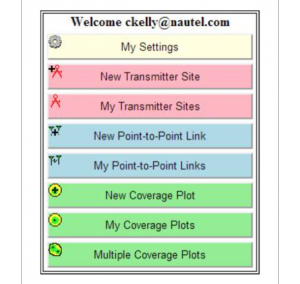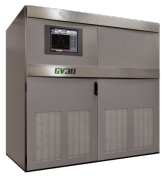Abstract – Broadcasters are often confronted with questions about FM, TV and STL propagation, such as “is it more effective to raise my antenna 100ft, or increase the power of my transmitter?”, or “what would be the effect on my coverage if I move my transmitter site?”. While any really accurate answers require the assistance of a consulting engineer, there are simple tools now available to give some approximate indication quickly and for no cost at all.

Nautel RF Toolkit
Nautel has partnered with RF engineer Roger Coudé, the author of “Radio Mobile”[1] to provide simple, fast online VHF/UHF coverage mapping and point to point analysis worldwide. These tools are part of the new Nautel RF Toolkit, available free online at the website www.nautel.com.
The Radio Coverage Tool is based on the Longley-Rice VHF/UHF “ITS” model[2], and includes a nearly 1 terabyte digitized worldwide terrain database, based on NASA Shuttle Radar Terrain Mapping data as well as other sources. The accuracy of the data in the 48 contiguous US states is approximately 10 meters, while in Canada the accuracy is about 30 meters, and it’s about 100 meters in most other places. In addition, other databases hold land cover information and population information. The land cover data indicates whether a spot is tree covered or urban for instance, and this information improves the accuracy of the propagation model. The population data is obtained from publically available United Nations information, and allows the program to estimate the population within the desired contours.
Longley-Rice Model
The Longley-Rice Irregular Terrain Model was originally developed in the late 1960’s by A.G. Longley and P. L. Rice, and is widely used to estimate RF coverage in the range 10MHz to 10GHz. Nautel’s implementation of the Longley-Rice model is limited to FM and TV broadcast frequencies as well as conventional STL frequencies used worldwide. When used with accurate terrain data, it has proven to be a reasonably accurate indicator of actual coverage.

